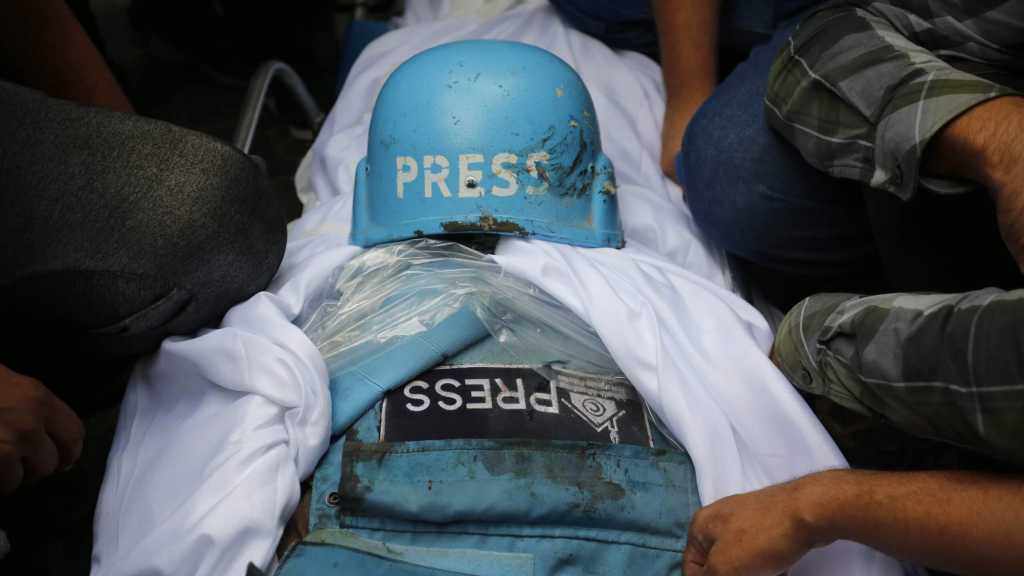98 Percent of Cluster Bombs Victims are Civilians
Source: IPS & Electronic Intifada, 2-11-02006
BRUSSELS - Ninety-eight percent of registered victims of cluster bombs are civilians, Handicap International, a UK-based NGO said in a report published Thursday.
The report Fatal Footprint was launched in several countries ahead of an international conference on conventional weapons starting in Geneva November 7.
Among others the report cites the case of Adnan`s family. He was not quite seven years old when it happened. On August 11, 1999, shortly after some of the worst of the fighting in Kosovo in the Balkans, he went swimming with his family in a lake a few kilometres from their village.
He picked up a yellow metal can on the bank and took it to show to his family. Adnan`s older brother Gazmend dropped the can. The explosion killed him and his father immediately, and their sister died the next day.
Adnan was wounded on his left arm and leg. Today his left arm is still weak. He remains disturbed, and gets bad grades at school.
Adnan is one of 11,044 victims of cluster munitions in 23 countries registered by Handicap International in its report. The large majority of the victims are boys and young men.
"Until now we only had stories of victims -- now we have hard figures that show that these bombs kill mainly civilians," Handicap International Director General Angelo Simonazzi said at the launch.
Cluster bombs continue to kill long after they are dropped. Illustrating this, Simonazzi showed a striking picture from Vietnam of unexploded cluster munitions lying among recently replanted paddies.
Handicap International estimates that there are more than 100,000 victims of cluster bombs worldwide. More than 360 million sub-munitions of this kind have been dropped. Arsenals around the world contain an estimated stock of 4 billion pieces, Handicap says. This year they were used in Iraq, Lebanon and "Israel".
"The U.S. and "Israel" have used old stocks in Iraq and Lebanon -- which helps to explain why so many sub-munitions have not exploded immediately on impact," says Simonazzi.
"In Iraq the coalition forces led by the U.S. have used 13 million cluster sub-munitions," says Hildegarde Vansintjan of Handicap International Belgium. "Assuming that one out of ten do not explode on impact, there are a million bombs lying around. The coalition troops give very little information."
During the recent conflict between "Israel" and Lebanon, "Israel" dropped about 4 million cluster sub-munitions, according to Handicap. Unexploded bombs now lie all over the place.
In Lebanon, Handicap has listed 494 registered victims till October 9. In "Israel" the organisation lists 13 victims of cluster munitions dropped by Hizbullah.
Handicap International is lobbying for an international ban on cluster munitions, following the 1997 treaty against landmines - that many countries have not signed.
The European Parliament had urged EU member states in October 2004 to vote an immediate moratorium on cluster bombs, and Belgium took the lead this year in becoming the first country to vote a law that forbids cluster munitions. The law entered into force June 9.
About 20 other countries are taking similar steps. But there is little hope that there will be sufficient support for a worldwide ban next week at the Geneva conference. Large producers like the United States, China, India and Russia oppose a ban.
- Related News




